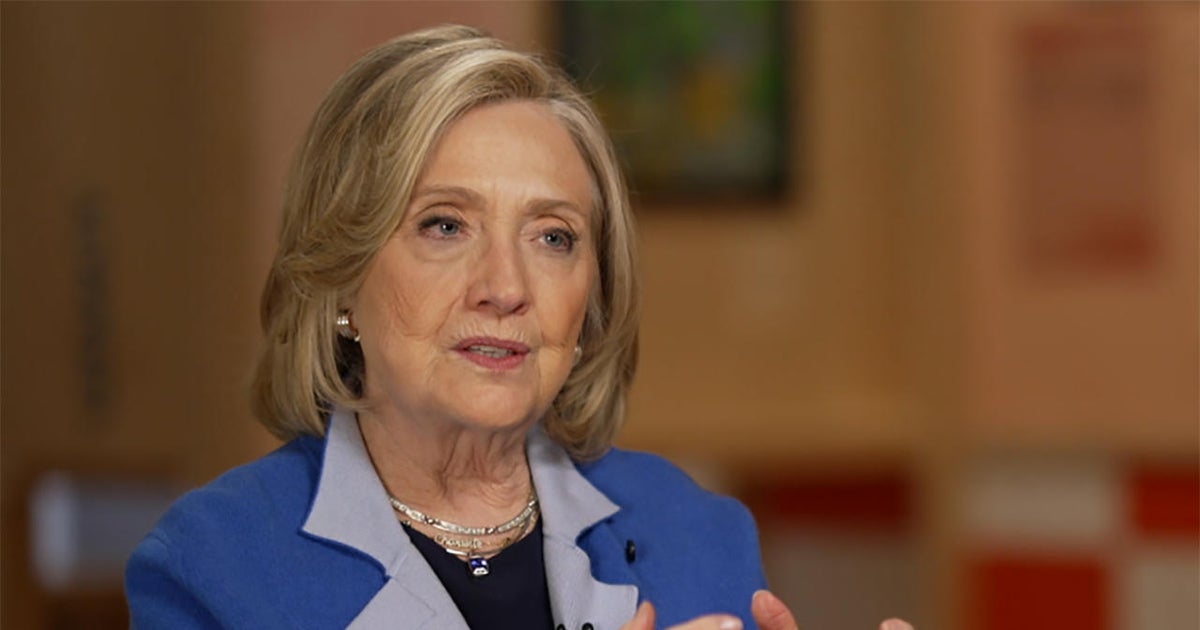This after-dinner activity went viral for helping you "age wonderfully." Does it work?
You may have heard of the "hot girl walk", but what about a "fart walk"?
Social media user @mairlynsmith, a Canadian cookbook author and self-proclaimed "queen of fiber," has gained attention for dubbing her after-dinner walk this head-turning name, claiming it can help you "age wonderfully" and reduce your risk of Type 2 diabetes.
"My husband and I go for fart walks most nights after dinner," Smith says in a video posted to her Instagram with nearly half a million likes. "Why? Because walking is helping maintain our blood sugars, keeping them from ricocheting all around. And as you age, especially after 40, you have a bigger chance of developing Type 2 diabetes."
More than 1 in 3 U.S. adults had prediabetes in 2021, according to the National Institute of Diabetes and Digestive and Kidney Diseases. "Prediabetes is a condition in which blood glucose levels are higher than normal but not high enough for a diagnosis of diabetes," the institute's website states. "People with prediabetes have a higher risk of developing type 2 diabetes."
Erin Palinski-Wade, registered dietitian nutritionist and certified diabetes educator, told CBS News this type of after-dinner activity is a "really smart idea" — and even something she recommends to her clients, just not under the same name.
"I do recommend getting up and moving after eating — not vigorously, but in a moderate way where you can carry on a conversation," she said. "The idea of movement after a meal can have a lot of health benefits as well as digestive benefits. So I think it's a good trend."
Why does it work?
"When you're physically active, every part of your body is more active, including your gut. So there's an increase in gut mobility," Palinski-Wade said.
While this increase in gut mobility can help release gas buildup after eating, you don't have to actually pass gas to see benefits — it's all about the movement.
"It's the benefit you're getting from moving that is helping support the gut and the whole body," said Palinski-Wade. "The gas coming out is not the benefit, it's the mobility where you're really getting the benefit."
But, as a bonus, passing gas may help with feelings of bloat, she said.
Post-meal walks impact on blood sugar
Walking after meals can also help with blood sugar balance, which can "help with energy and how you feel after a meal," Palinski-Wade said.
"As we're moving ourselves, we're going to consume more energy, so that's naturally going to force the glucose out of the bloodstream into the cells for energy and lower the glucose," she said.
If post-meal walks are something you do consistently, it can also help you have better blood sugar balance throughout the whole day, she added.
Tips to get started
So what exactly should post-meal walks look like? "The more consistent you can be the better," Palinski-Wade said, adding it also depends on when someone is least active.
"For most people, it's going to be most beneficial in the evening after the evening meal because that's where we're most sedentary," she said. " So if you're eating a larger dinner and then you sit the rest of the night, you're gonna have more indigestion, you're more likely to have acid reflux, you're gonna have higher blood sugar. Whereas breakfast (and) lunch, we tend to be up and moving at a bit more."
She suggests walks range from 5 to 30 minutes. Smith says you can get started by walking for as little as 2 minutes, but says she goes for about 10, 15 or 20.
For blood sugar specifically, it's great to walk for 5 minutes after each meal, Palinski-Wade said, but she knows it's not always practical.
"So I would pick the meal that is the largest portion and the one you're most sedentary after," she said.
Keep it slow, too.
"As long as you can still talk without gasping for breath or only getting out a few words, that's going to be how you can gauge the intensity of the walk," Palinski-Wade said.
Smith agrees not to go quickly. "It's more of a moderate walk," she says in her video.



